Italia 2025
This year’s trip to Italy came with unique challenges. Our primary aim was to launch the renovation of the Cigliano family house in Ischia, a task that is not especially remarkable in and of itself, except that we came away with a great sense of satisfaction for having achieved so much regarding design, functionality and the time-frame for this project. The experiences that warrant highlighting here, however, are of a very different nature and are best understood in light of the reasons for this trip. What I want to underscore concerns our need and ability to seek out soul-soothing respite –adventure, discovery– even in moments of intense endeavor or duress.
So, determined to find yet another “sentiero” (nature hike) on an island famed for its mare more than its montagna and whose rugged green interior is already quite familiar to us, we mobilized our resources and set out to hike the sentiero della Pelara. The route met all our criteria. It ranks as “moderate” on the conventional apps. It is well maintained yet lightly trafficked. We in fact encountered no one during our 2 hours out and back. It promised natural beauty owing to its location on the island. The hike traverses an area famed for its vineyard-cloaked hillsides that descend in flowing patterns toward the glistening emerald waters of the Tyrrhenian Sea. Last but not least, the trail was new for us. It offered the dose of discovery that I consider to be indispensable for travel to be truly meaningful.
I should emphasize that the trails we hike weren’t invented by what some of my Nevada cousins might call “granola-eating backpackers from California.” These are ancient paths, etched into the landscape by the rhythms of local life—trails to vineyards and orchards where farmers earn their living; footpaths leading families, friends, and lovers to secluded spots where they picnic, swim, or simply rest in the shade. While these routes now appear on Wikiloc and Komoot, most visitors remain unaware of how deeply local traditions shape their experience of the island—or of how much more can be discovered by learning to read the landscape as we walk.
So we endured 45 minutes on a cramped bus as we bounced merrily around the island’s periphery before reaching our deliverance: Panza, a small hamlet-like town nestled in the open-air countryside just beyond the highly populated swath of coast stretching from Ischia to Forio. For travelers partaking of the much acclaimed “giro dell’isola,” a very different Ischia emerges beyond Panza. From here, small, mountain communities, rugged coastline and equally rugged interior, agriculture, stunning views of Capri and the mainland penisola sorrentina. For anyone with a firm grasp of the language and a sensitivity to Italian culture, a window opens up here onto a far less globalized Italy. Spending time on this part of the island is uniquely rewarding.
So we exited the centro-sinistra circolare in sleepy Panza, downed a cappuccino and headed out of town to start our hike. As the trail meandered through woods and fields of wild flowers, I couldn’t help but feel as though I were wandering through Beaudelaire’s “forest of symbols” whose mysteries and messages were being echoed by the brilliant colors and luminous sky, the warmth sea breeze wafting against our cheeks, and, most importantly, the intense fragrance of the ginestra (broom) that fills the air during this brief time of the year.
The path emerged at last onto breathtaking views of canyons lined with beds of the most intense blend of greens and yellows —ginestra (Broom) and elicriso (Helichrysum italicum)– a sight rendered all the more intense by the backdrop of the dark brown and grey cliffs. We were overwhelmed by nature’s design: a landscape sculpted to channel our vision out beyond the land, as far as the distant horizons where the sky meets the shimmering sea.
Seeing these images now brings back powerful memories of the scents and sounds of that moment, with their lasting, soul-soothing effects.
The unsurpassed beauty of the southern Italian countryside in May inspired me to redouble my efforts in the borgo, to carve out moments of inquiry in a town we return to year after year. I began to think about how routine can dull our senses and blind us to what wonder there is woven into the spaces of our daily lives. I began to ponder our need to transcend this sense of routine. These images are my modest attempt to see beyond the surface of my well-worn borgo with fresh eyes.
After a week in Ischia we traveled to Rome, where we spent a few days with our dear friends Daniela and Mauro. Seeing the familiar in new ways became my goal as well in Rome, a city I first visited in 1969 and have since returned to many times. For me, few places rival Rome for its ability to confront me—whether I like it or not—with the profound and often unfathomable changes in the world I’ve inhabited, a world that for many my age is become increasingly… different. Inoculated against such reactions by routine, we become jolted by the stark contrast between the then—when the Sistine Chapel, for instance, still felt like a vast and mostly silent sanctuary–and the now, when the chapel feels like anything but. World: ubi sunt? quo vadis?
So in order to avoid getting too entangled in such lofty thoughts, we organized a concrete theme-based itinerary and are deeply grateful to our dear friends and hosts, Daniela and Mauro, for helping us achieve our goals. On day 1 we revisited Paleochristian Rome: San Clemente, the Basilica and Augustinian Monastery of the Quattro Santi Coronati, Santo Stefano Rotondo, and San Giovanni in Laterano, churches all founded in the 4th – 5th centuries BCE. We abandoned Santa Maria Maggiore in favor of completing our Caravaggio tour, which began with the blockbuster exhibit at the Palazzo Barberini (day 2) and ended the next day (3) in San Luigi dei Francesi and Santa Maria del Popolo.
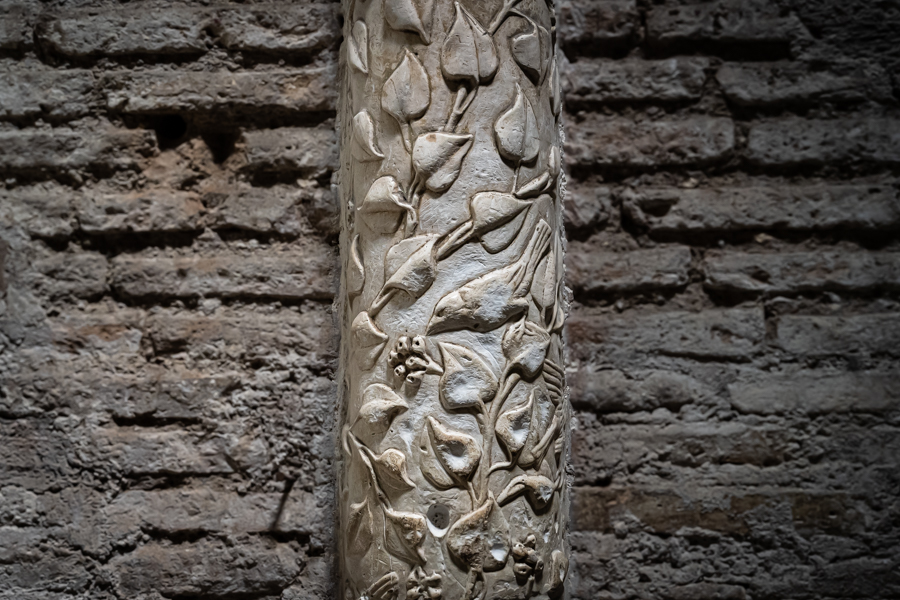
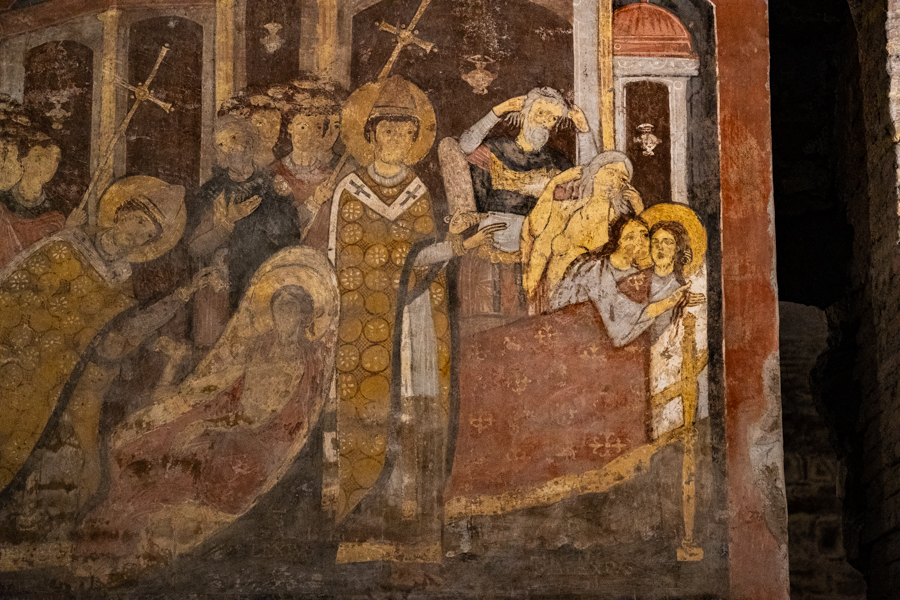
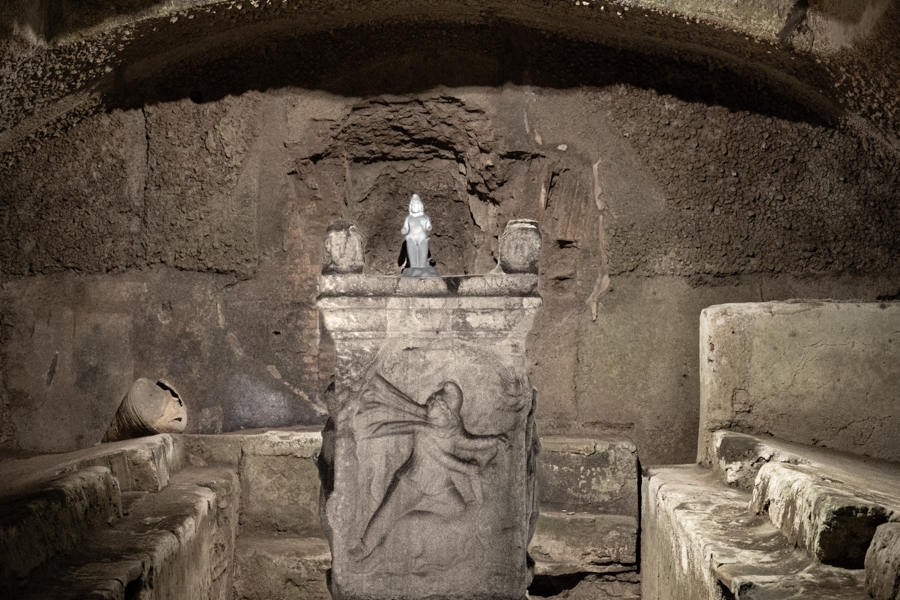
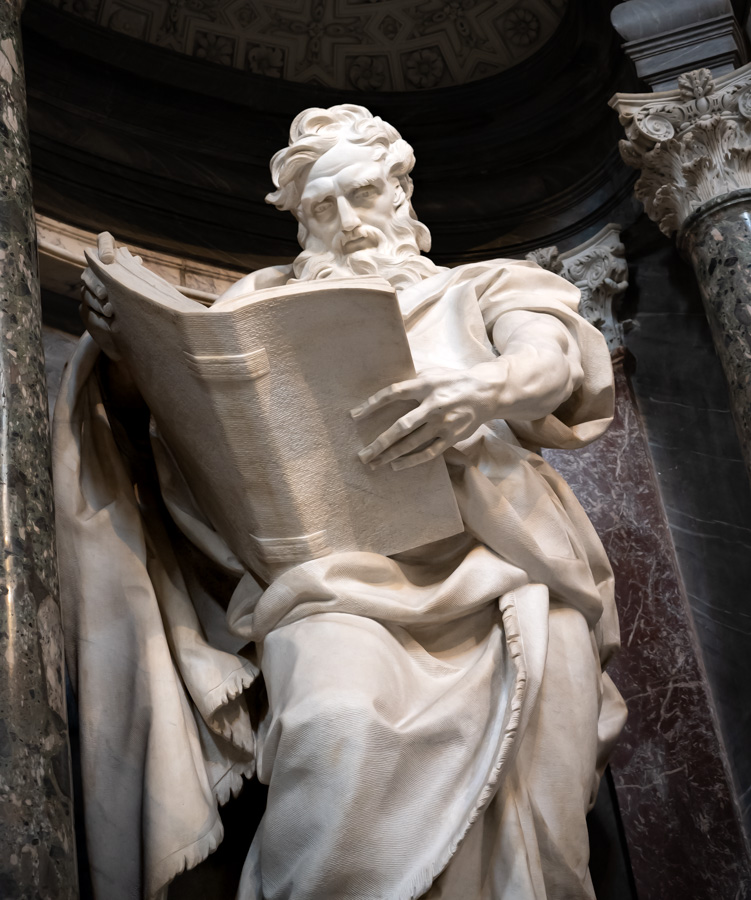
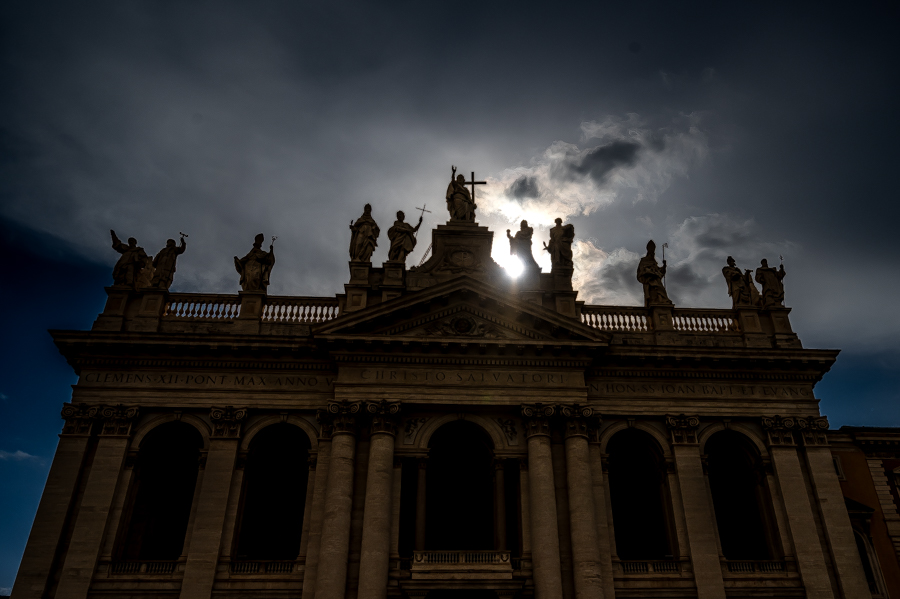
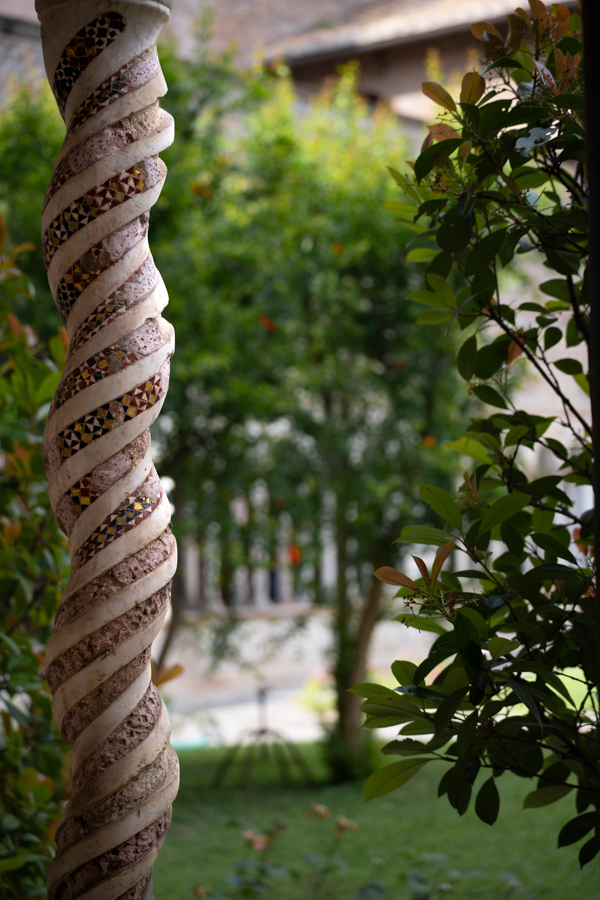
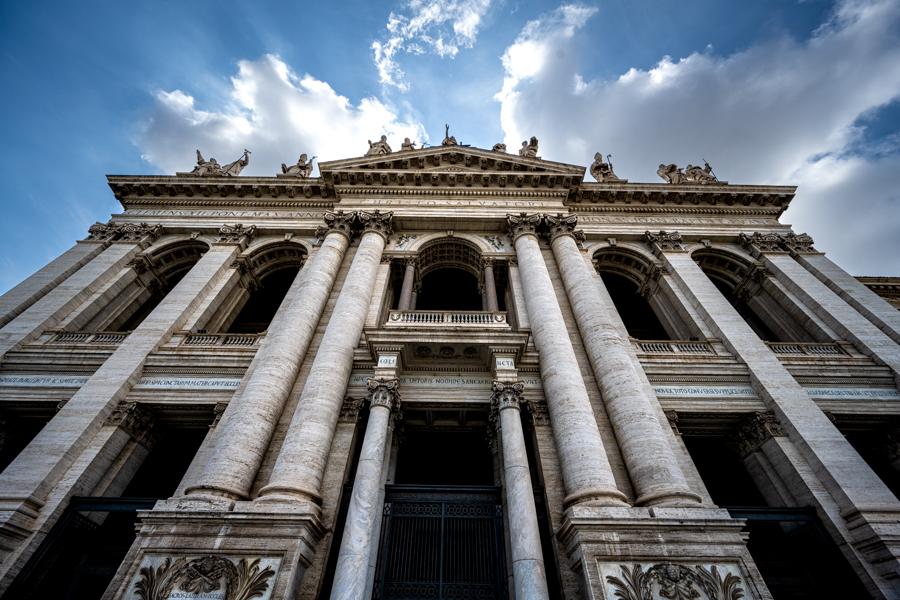
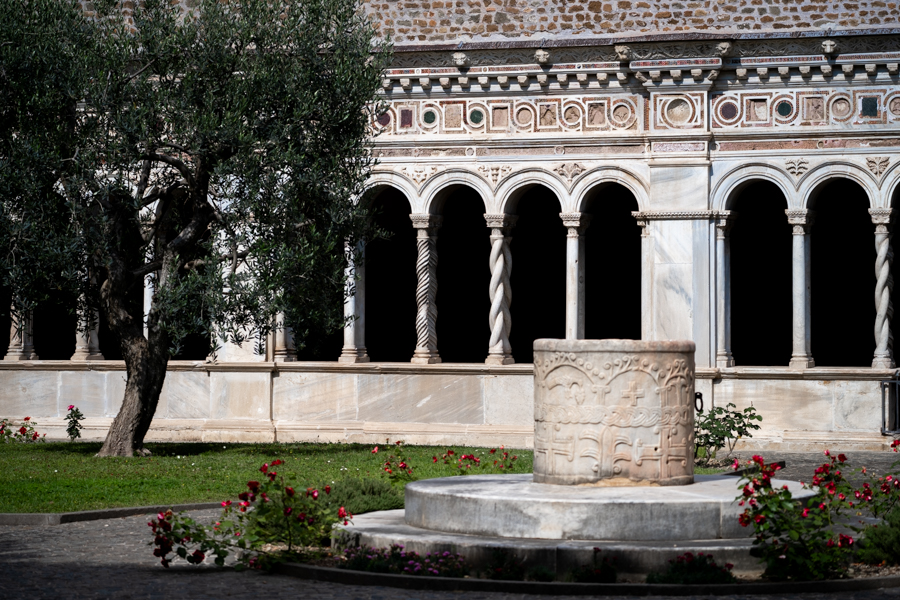
Strolling through the streets of the Campo Marzio, I was overcome by the dissonance one experiences when stepping into a familiar space that feels more like a memory slightly out of focus.
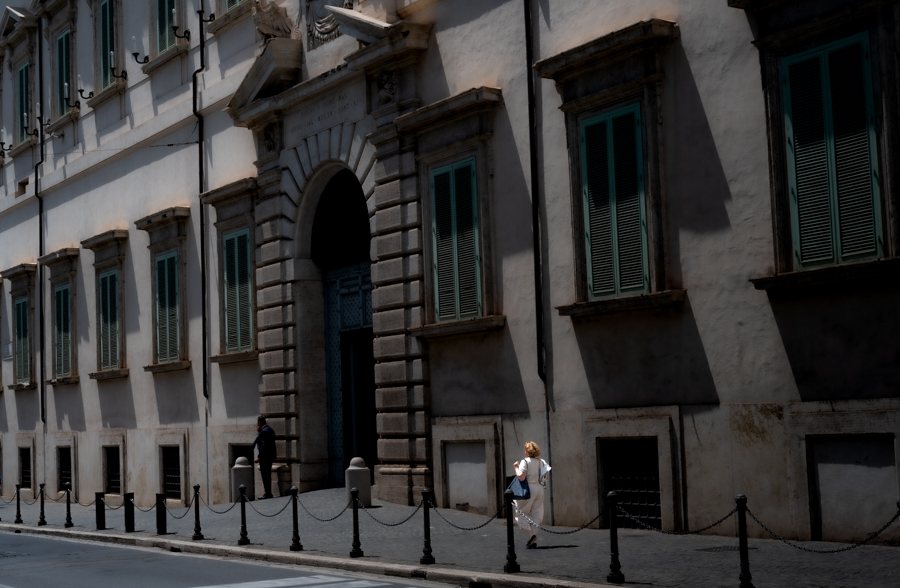
My encounters with Caravaggio revealed to me how age and reflection have enhanced my sensitivity to the deep, inner turmoil that he portrays so poignantly through his subjects: the eyes that, veiled in shadow, seem inwardly focused; the bodies whose contortions suggest anguish and pain; the deep folds of the flesh that turn the play of light and shadow into a metaphor for the tormented soul. The uncanny blend of forma and fondo, surface and substance, in paintings that intertwine cruelty, suffering, and –as in the “Conversion of Saint Paul,” epiphany: three seemingly disparate experiences often melded, paradoxically, as the expression of a single subject. For me, Caravaggio’s paintings have taken on an new magnitude at this point in life, as has painting in general. Viewing these works reminds me of how my attention in viewing art is drawn more and more to detail, to some degree at the expense of the whole. I wonder why…
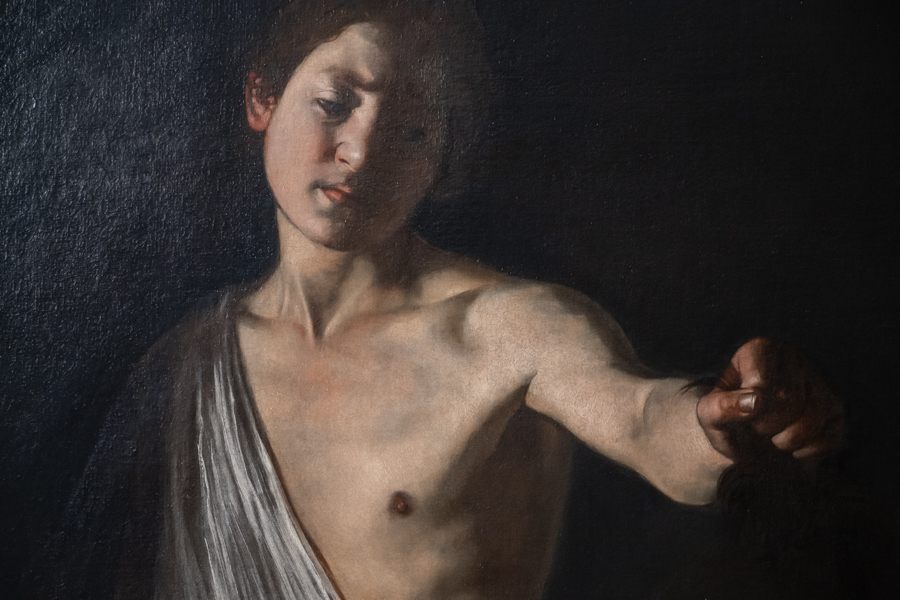
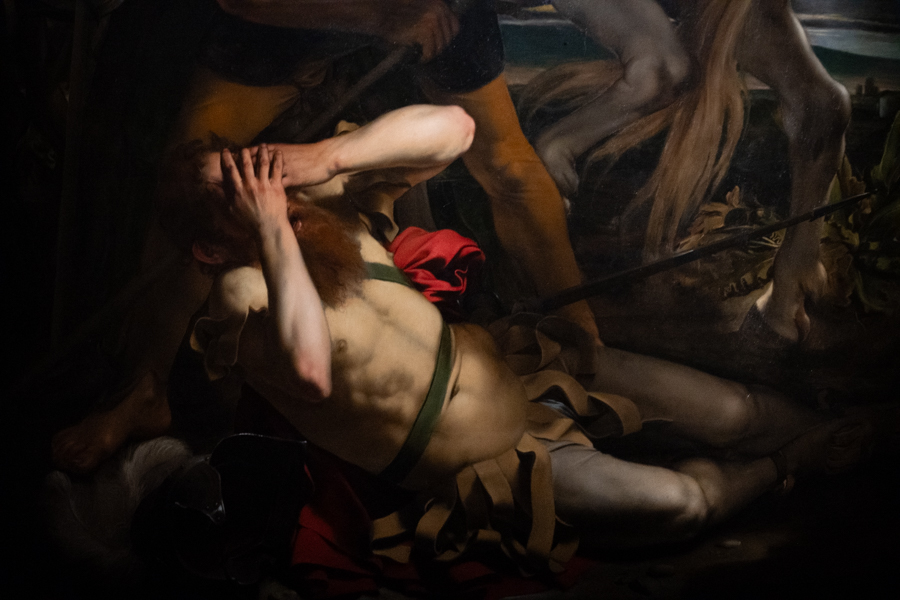
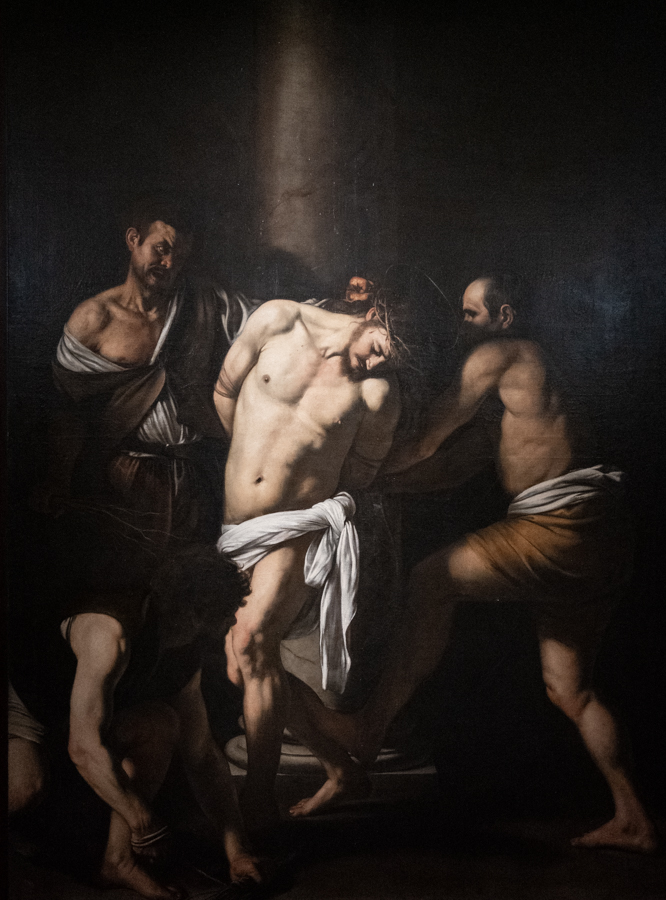
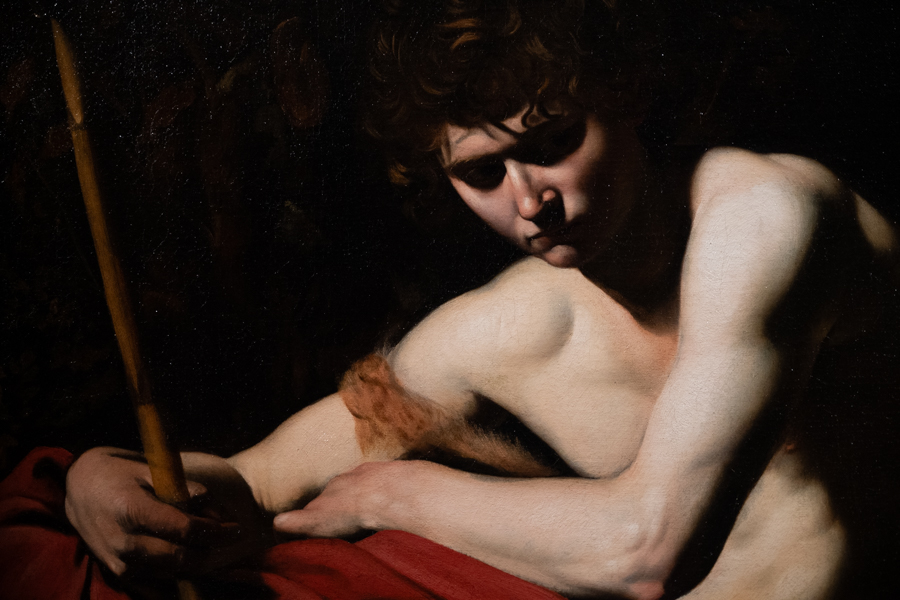
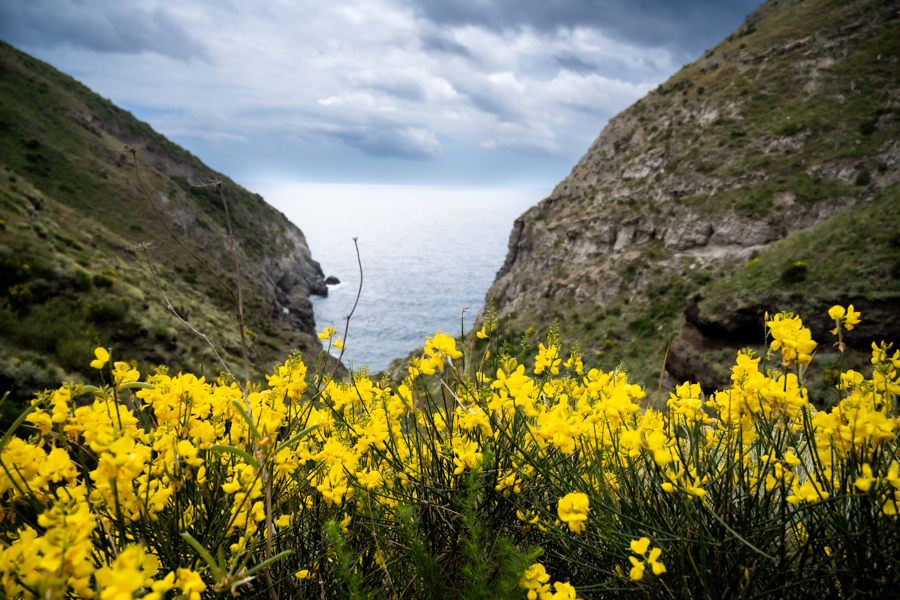
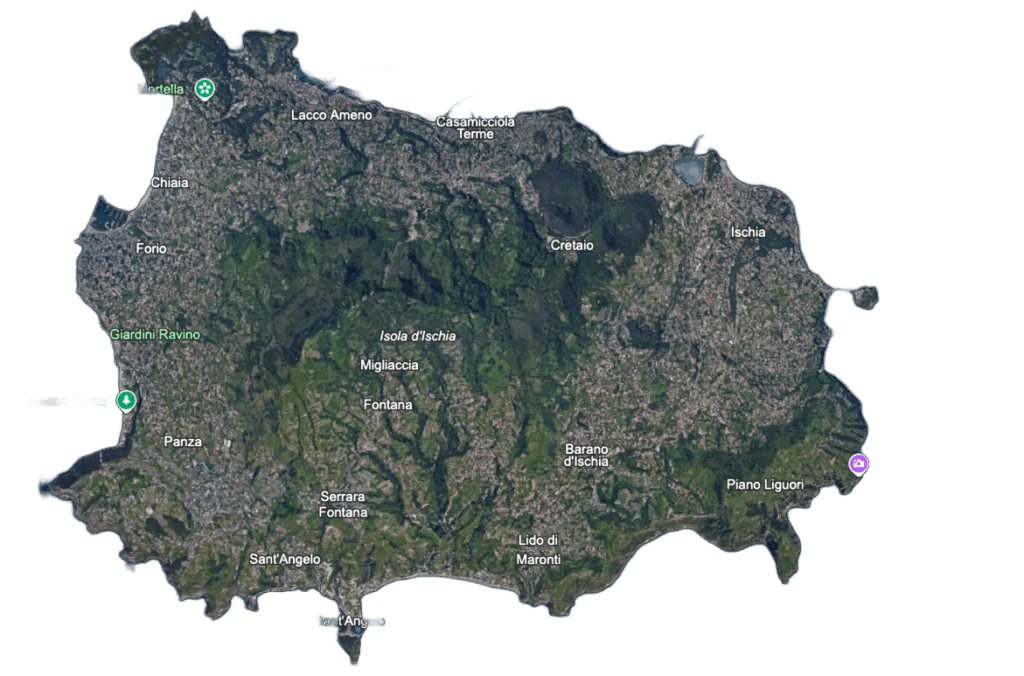
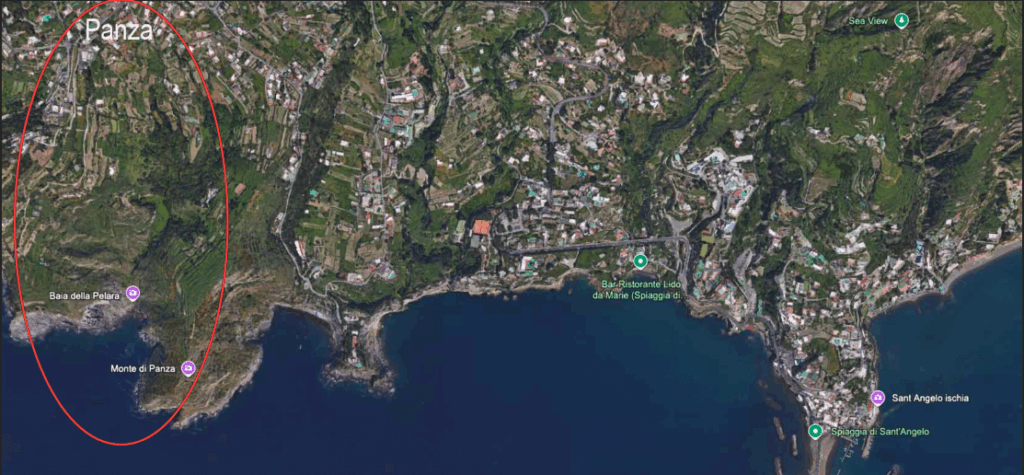
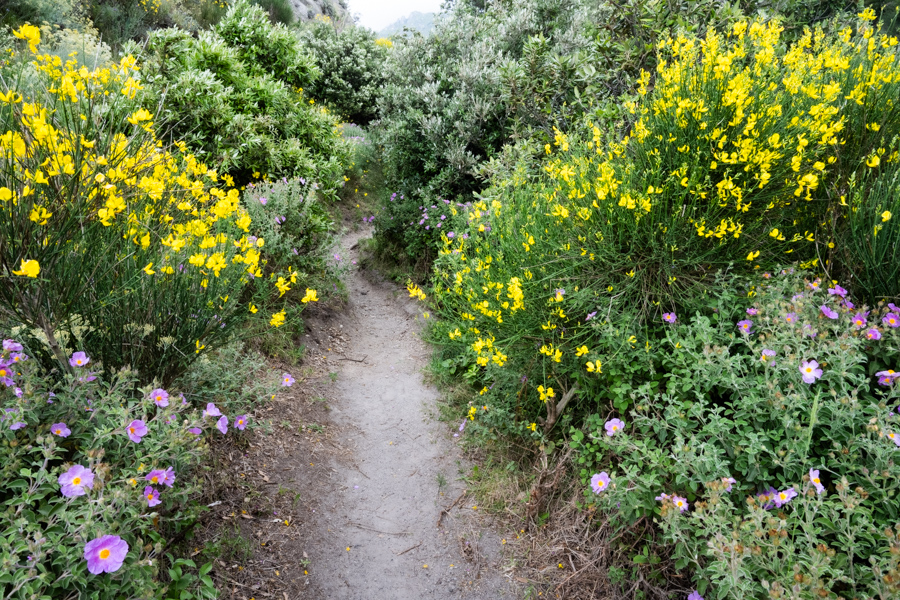
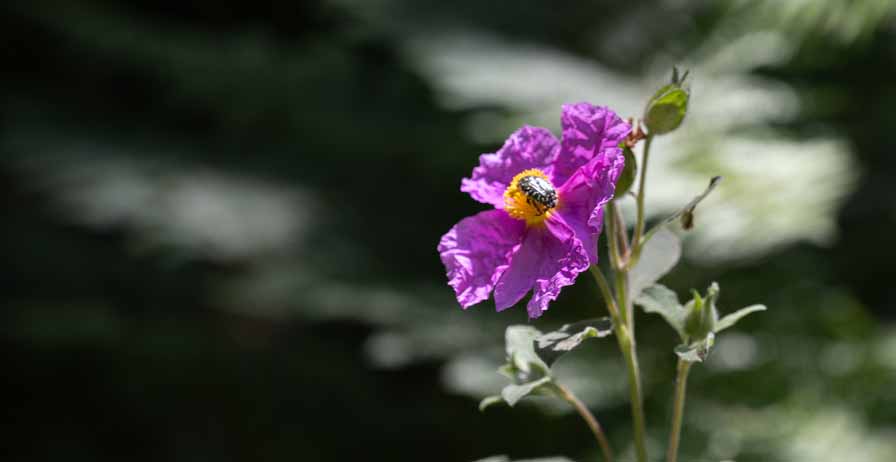
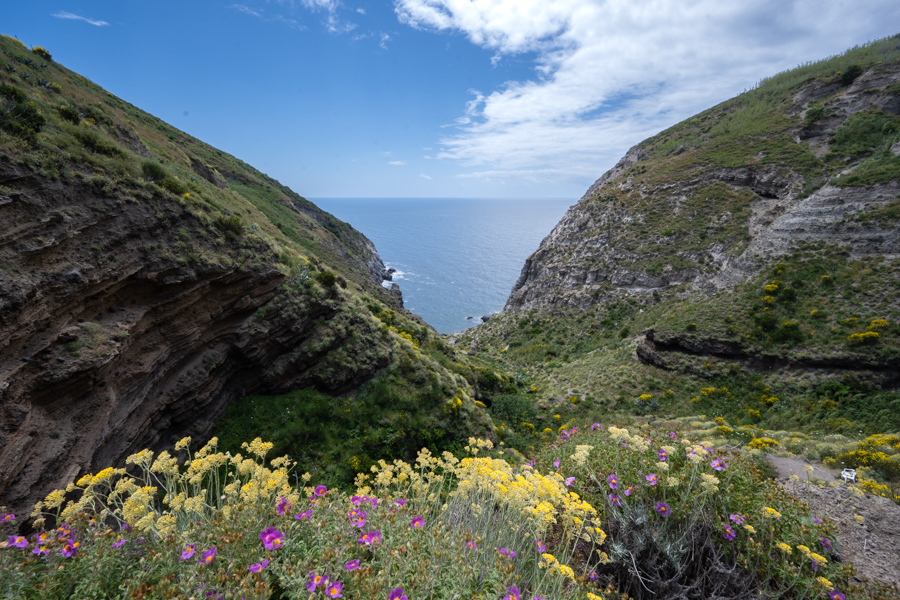
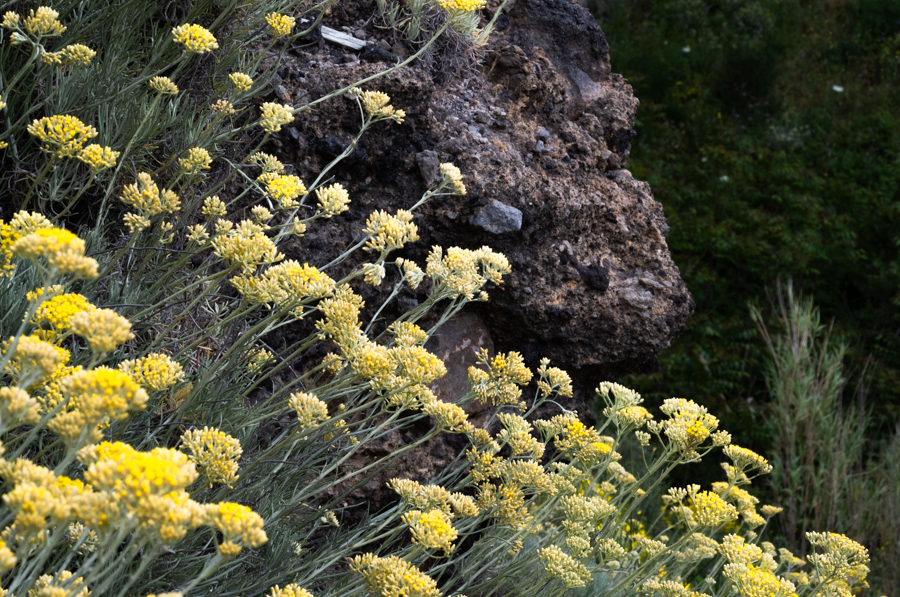
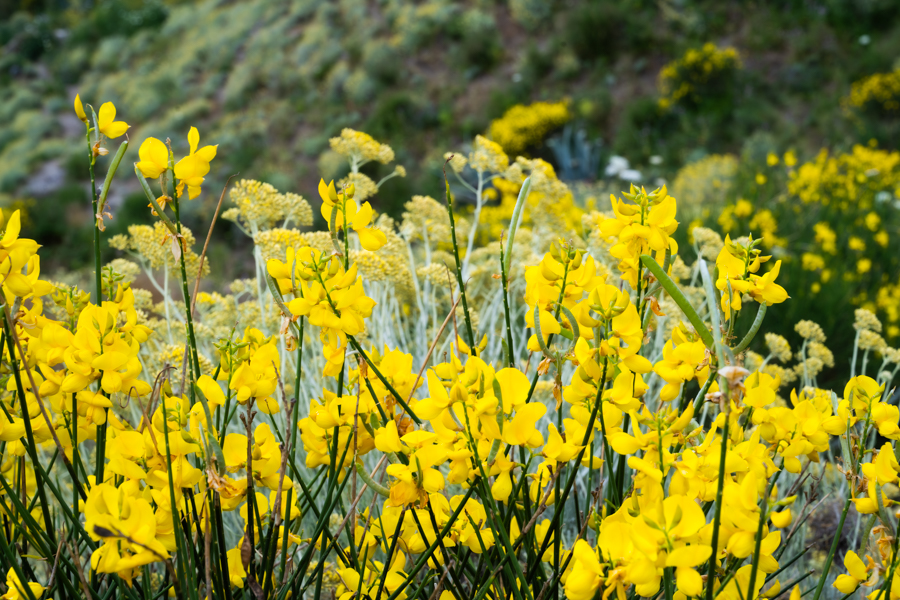
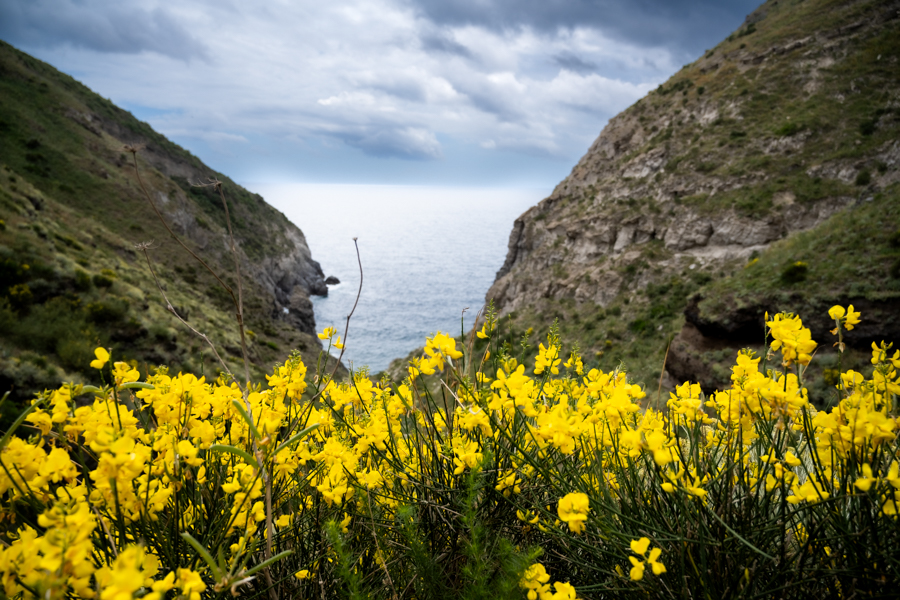
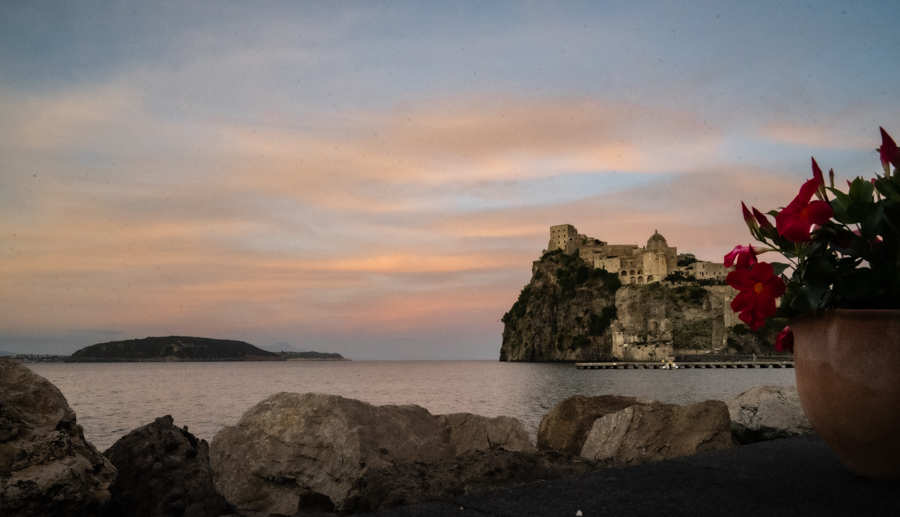
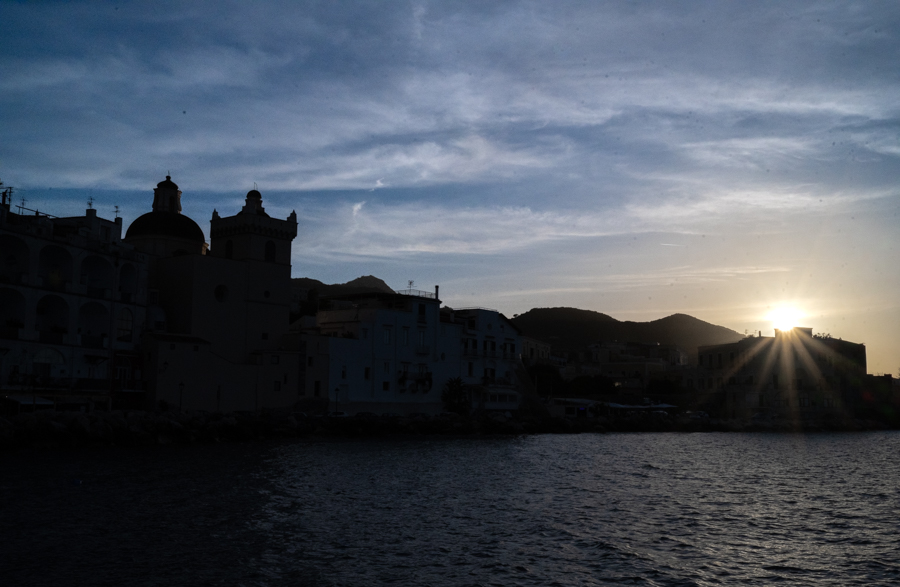
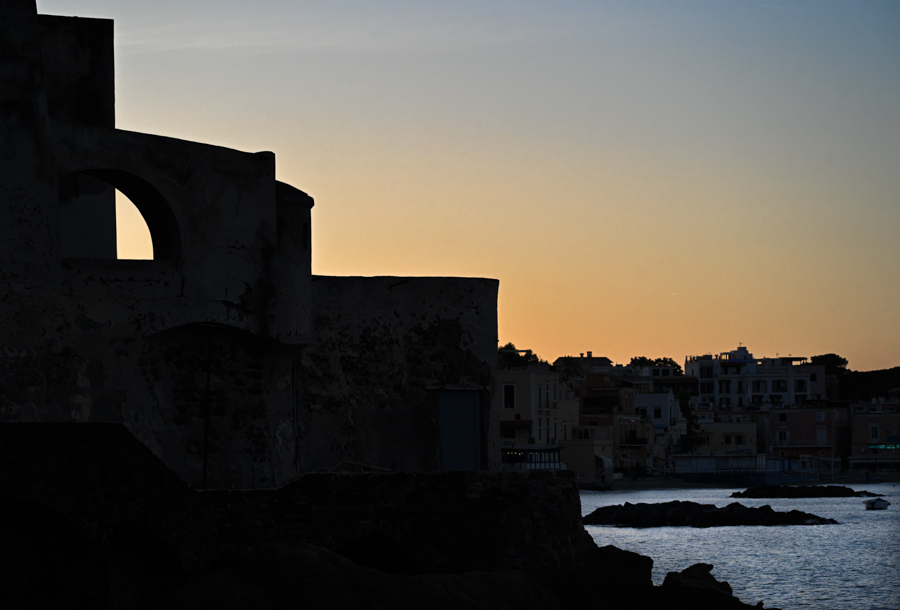
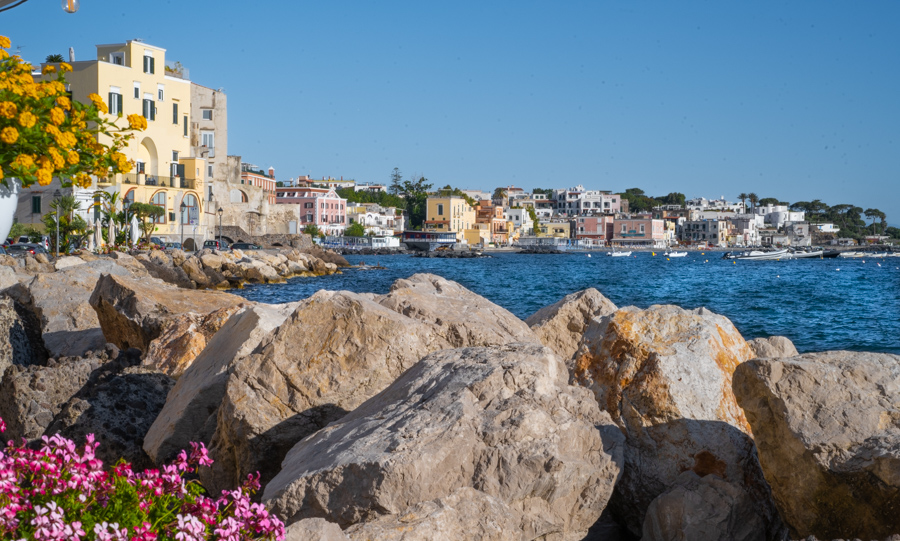
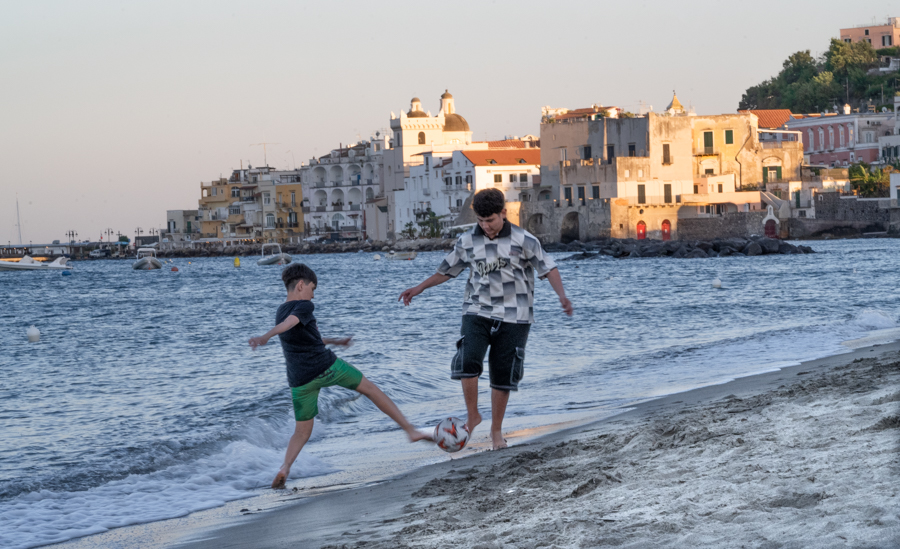
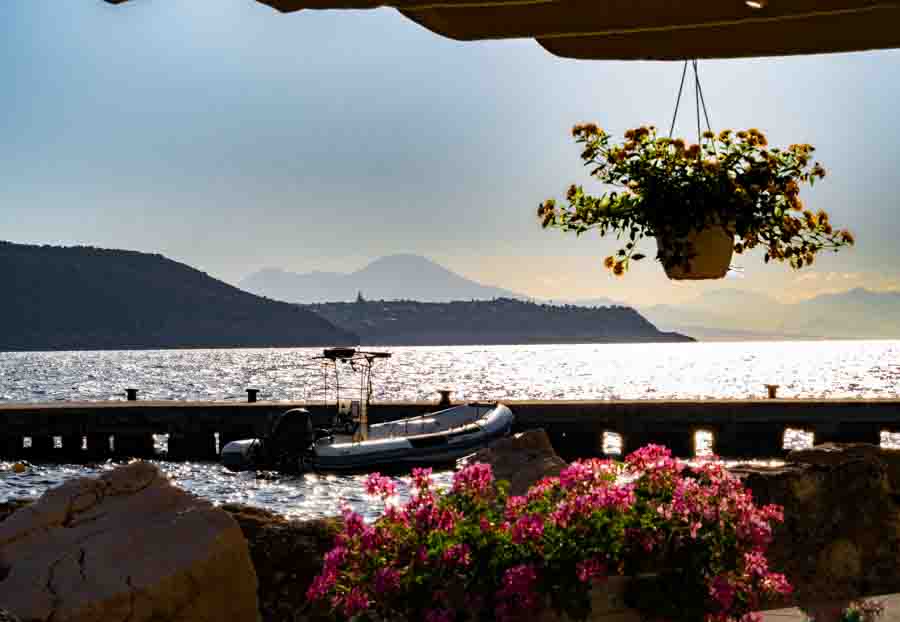
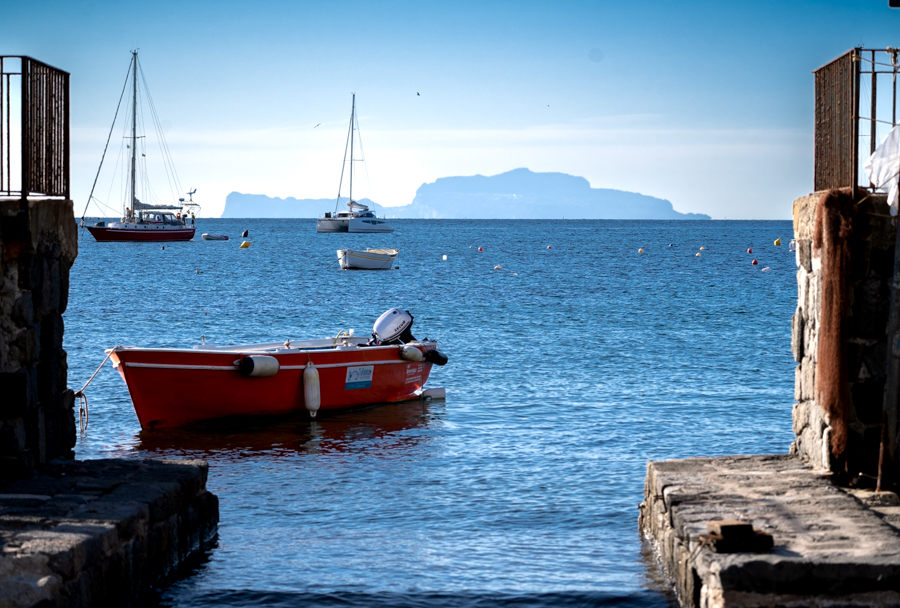
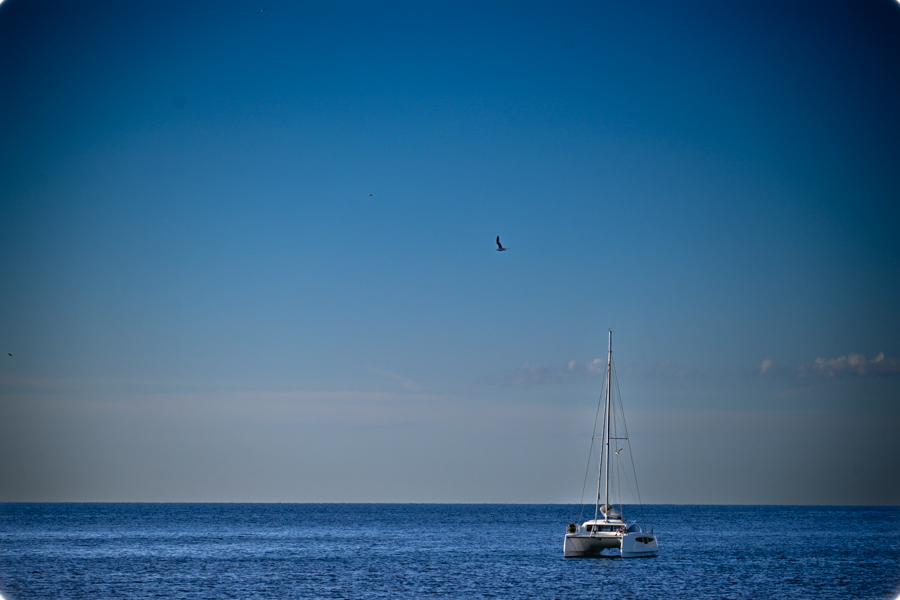
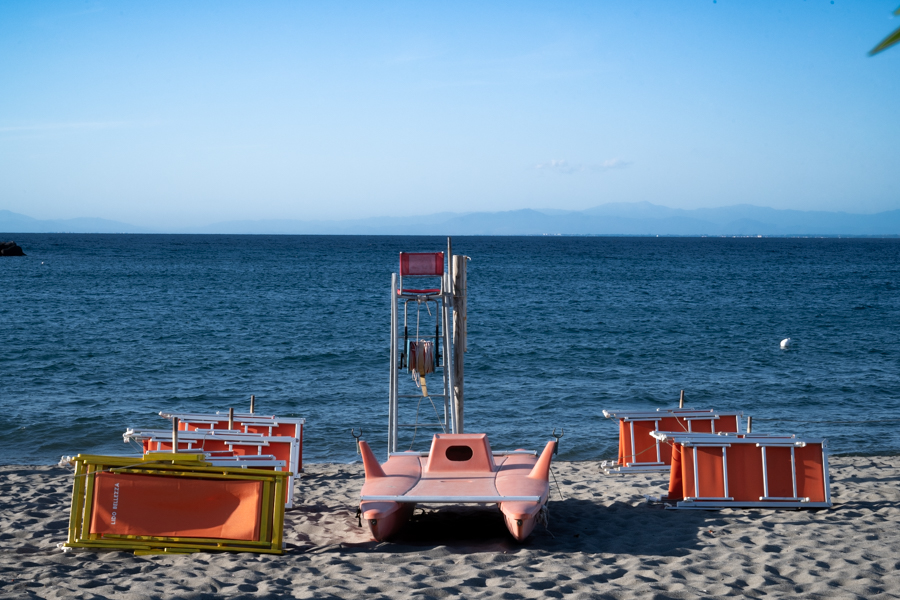

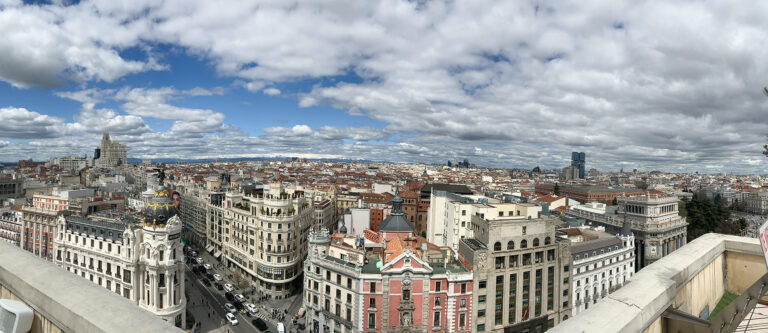
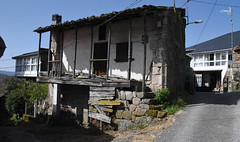
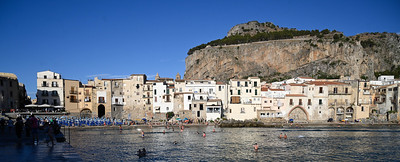
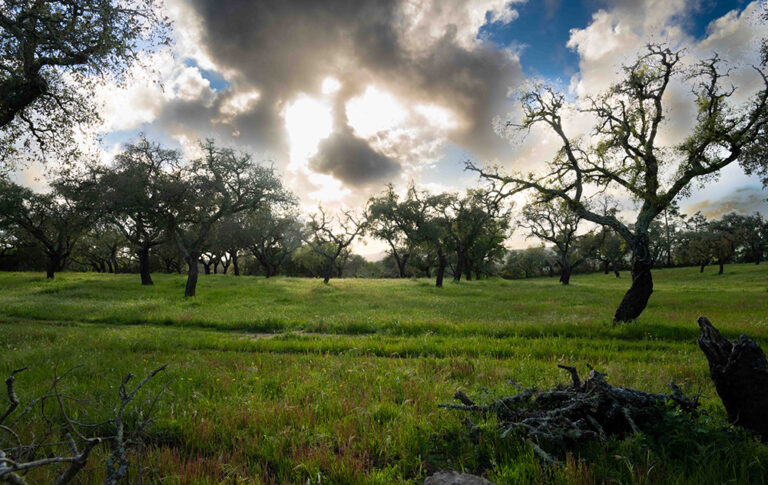
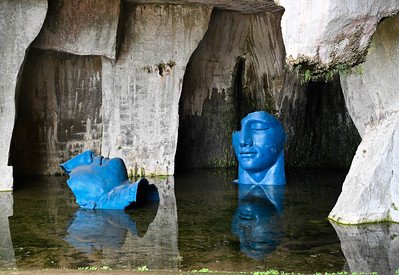
Gracias, Antonio, por tu blog. Un viaje íntimo a través de paisajes no sólo maravillosos sino emotivos.
Susana
¡Gracias por acompañarnos en este viaje, Susana! Un abrazo fuerte a ti y a Héctor.